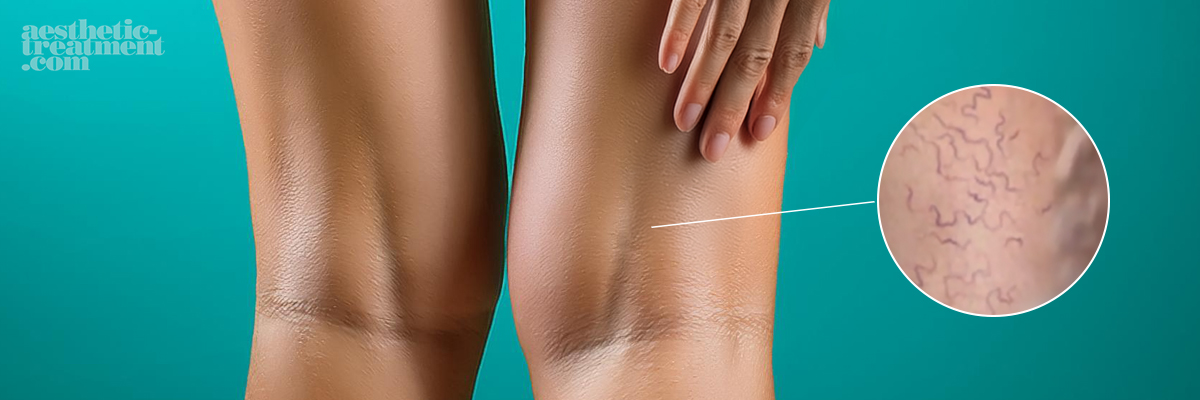Considerations and Limitations
Side Effects Common side effects include temporary redness, swelling, bruising, and minor discomfort at the injection site. In some cases, patients may experience more significant side effects such as allergic reactions, skin discoloration, or the formation of small ulcers.
Multiple Sessions While many patients see improvement after a single session, multiple treatments may be necessary to achieve optimal results, especially for larger or more stubborn veins.
Post-Treatment Care Patients are usually advised to wear compression stockings for several days or weeks after the procedure to aid in healing and enhance the effectiveness of the treatment. Avoiding vigorous activities and sun exposure is also recommended during the recovery period.

